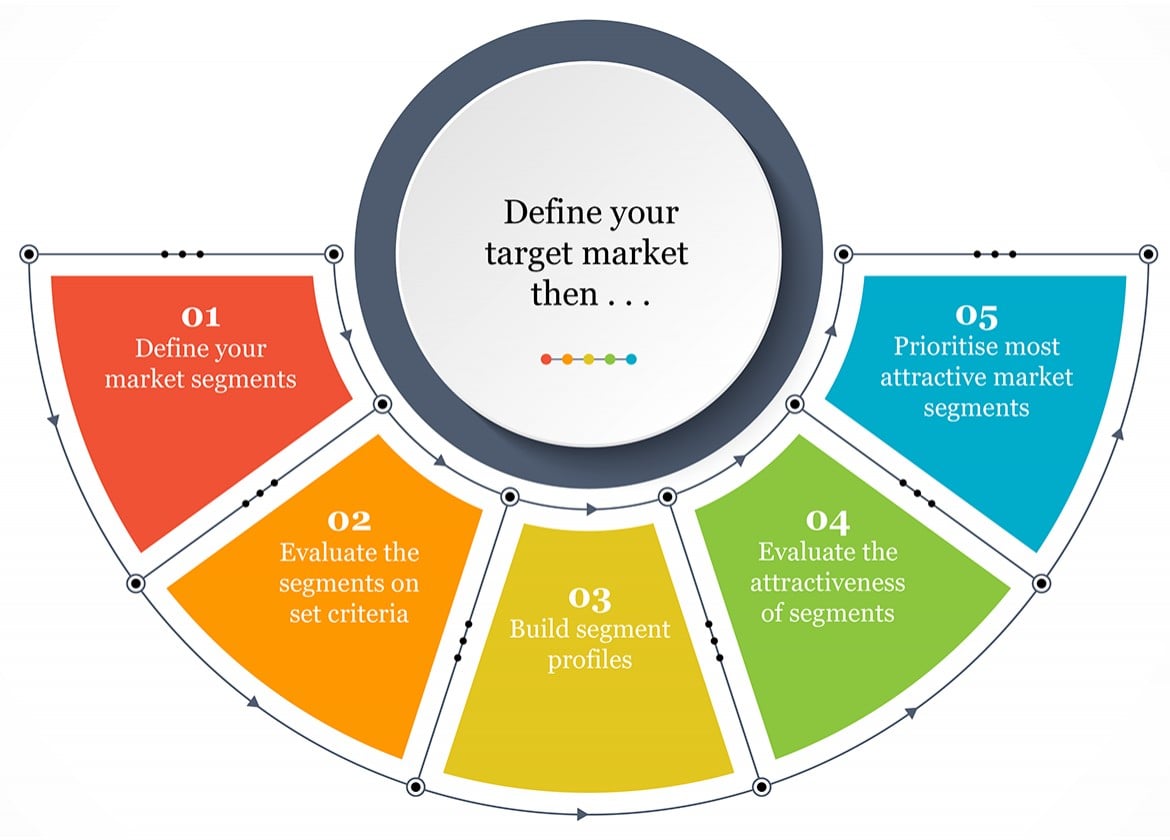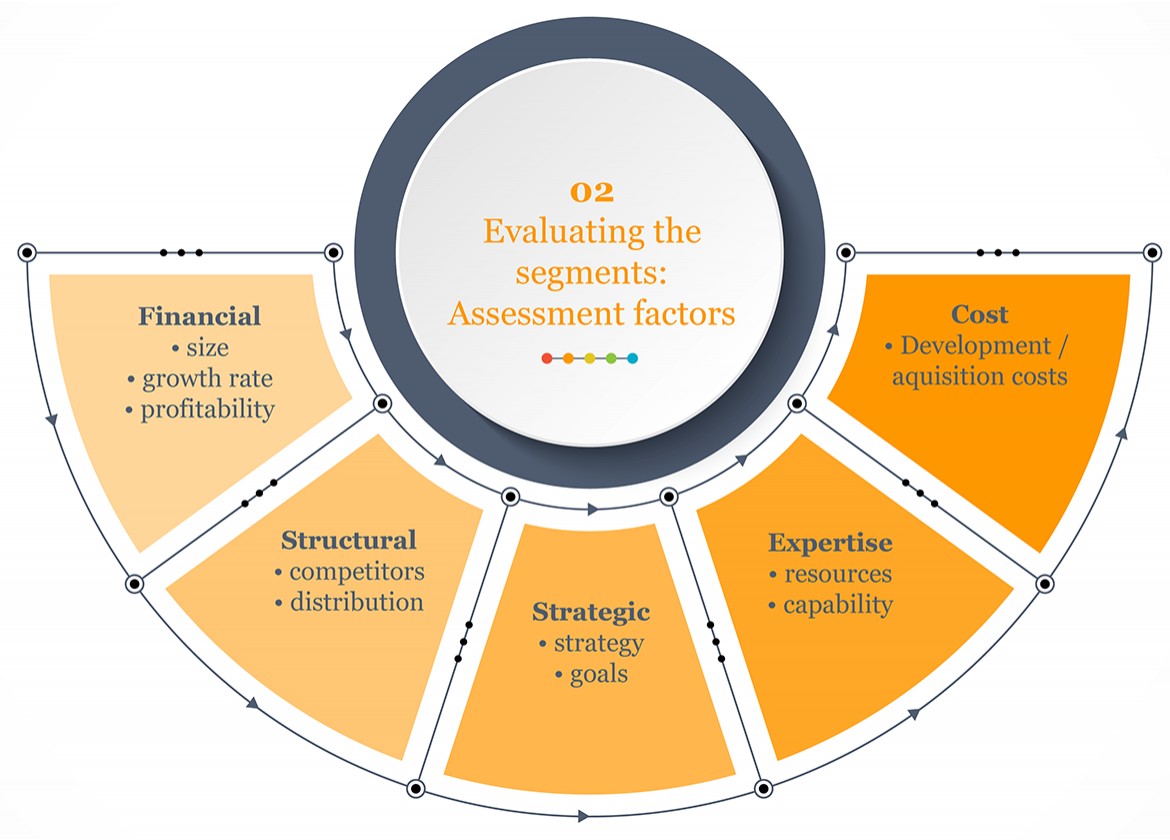Marketing your business. How to make the right start.

There are so many marketing opportunities it can be difficult for businesses to know where to start when it comes to marketing.
With so many options to choose from, and with each of these described by the marketers promoting them as the one thing that your business simply can’t be successful without, how do you know which of them is best? It’s incredibly tempting to reach out and grab some of the opportunities that shout loudest to us. Our desire to do something - especially when we believe it’s vital to our success - takes over and we’re off on our journey before we really know where we’re going.
If this sound familiar it’s a good idea to stop, or at least pause your marketing activity and take stock:
Focus on what you do as a business.
For any marketing activity to be really successful it must focus on what you offer as a business. Not what you sell, not what you manufacture or on the services you provide, but on how you add value to customers lives.
There are two simple questions that you can ask to help determine what you do as a business:
1) How does what you / what you’re doing make customers lives easier or better?
2) What’s unique about what you do? (And how do you communicate it in one simple, easy to understand phrase?)
A good example of how this process can work well (I’m not suggesting that they used it!) is Aldi who became synonymous with the phrase ‘Like brands. Only cheaper’. It’s easy to ‘get’ what Aldi are all about – they have a clear point of difference and you know straight away how they will add value to your life!
When these two questions have been answered a third question can help steer your thinking towards the tools and channels that might be most useful in reaching out to and engaging with your target audiences:
3) What’s the best way to talk with people who are / who might be interested in what you have to offer?
At this stage you would only be thinking of the answer to this question in general terms – there’s no real point in doing anything until you’ve tackled the next step.
Determine your business objectives
There isn’t much point in embarking on any marketing activity unless it makes a significant contribution towards achieving your company’s goals.
If you don’t already have clear, simple goals for your business - both short and long term - determining how you add value to customers lives and what’s unique about what you do (or the way that you do it) will help set you on the right course.
Keeping the aims and objectives for a business simple can be challenging, but the focus that this simplicity brings will pay dividends. To give an idea of how this could have worked for Aldi, when their ‘like brands’ campaign first started (circa 2012) their aims and objectives could have been:
Shorter term - to increase market share from 2.3 to 2.5% (0.1% equates to £65m extra revenue!)
Longer term - to have greater market share than Waitrose (which they achieved in 2015) or a target of 8% market share by 2019 (7.9% achieved in 2018))
Once you’ve set your business objectives, there are two things you can do from the outset to help ensure that you maximise your marketing investment:
1. Target your most attractive market segments first
This will give priority to the most attractive segments (i.e. that will have the most impact in delivering the company goals).
Once your target market has been defined you can start looking at segmentation following the 5-stage process below:

The two most critical stages in the process are the two ‘evaluation’ stages.
02 Evaluating the segments against set criteria.
What you’re trying to establish here is a ‘rounded’ appraisal of each of your target segments so that you can establish their value. The criteria most often used in the evaluation process are usually financial but there are also a number of other factors that should be taken into account such as the structure of the segment and the company’s ability (resources and expertise) to successfully tap into it – see diagram below.

There’s no ‘perfect’ way of carrying out this evaluation, and for some of the criteria instinct may play as much a part as statistics, but you will now at least have a very good idea of the relative ‘worth’ of each of your key segments. But beware . . . your most ‘valuable’ segments may not be the most attractive!
04 Evaluating the attractiveness of segments
Now that you have a good idea of the relative value of each of your key segments they need to be evaluated in terms of how ‘attractive’ they are to you as a business. Factors like market size, accessibility and viability need to be taken into account so that you can target the most attractive segments first.
Carrying this evaluation out can reveal some surprises, but most importantly it will help accelerate the profitable growth of your business.
Your most valuable segment might not turn out to be your most attractive. If it has low volume, is difficult or expensive to reach and you lack the expertise or resources to service properly it will get pushed down the attractiveness rankings.
Similarly, a less valuable sector might prove to be more attractive as it has good volume, is easy and inexpensive to reach and falls beautifully into your areas of expertise and resource.
Again, there isn’t a perfect way of evaluating target market attractiveness. Some of the evaluation may require instinct or making intuitive leaps, especially where market data isn’t readily available. However, you will now have a prioritized list of your most attractive market segments and will be able to target those that will contribute most to your business goals first.
2. Carry out a break-even analysis
Essentially break-even analysis gives you a ‘reality check’ to the question ‘is the planned investment in marketing / advertising likely to pay off?’.
A good general measure to ‘sense check’ any planned activity, a break-even analysis helps determine the break-even point for any investment in marketing and advertising activity. The break-even point is the minimum amount of sales you’ll need to cover all your expenses.
Using break-even analysis you can quickly determine how much revenue you need to generate to recover your advertising / marketing expenditure. Any additional revenue that exceeds the break event point is profit.
It is a simple and effective ‘sense check’ to make before carrying out any activity.
An example of break-even analysis
The example below works out the value and number of sales needed to break-even based on a marketing spend of £5,000 for a product / service where operating margin is 20%.
COSTS
- Marketing costs £5,000
- Product / operating margin 20%
- Sales value needed to break-even £5,000 / 0.2 = £25,000
CUSTOMERS
- If the average transaction value is £50
- Sales needed to break-even are £25,000
- Number of new customers required £25,000 / £50 = 500
- If your usual conversion rate for marketing activity is 1 in 4 (25%) you will need 2,000 enquiries / leads to break-even on the cost of the marketing
There are no hard and fast rules when it comes to making a judgement on the break-even analysis. The knowledge and experience you have built up of your own business, and the sector that it operates in, will guide you as to whether achieving the increase in sales needed to break-even is realistic.
Summary - how to make the right start when marketing your business
Following a couple of simple rules and checks before initiating any marketing activity can really pay dividends. For your marketing to be successful:
- Focus on what you really do as a business and understand how you add value to customers’ lives.
- Ensure that any marketing activity supports your business objectives.
- Prioritise your marketing activity, targeting the most attractive segments first, to maximise the effectiveness of your marketing investment.
-
Want to improve your sales pipeline? Click here to get our free mini-guide on lead generation.